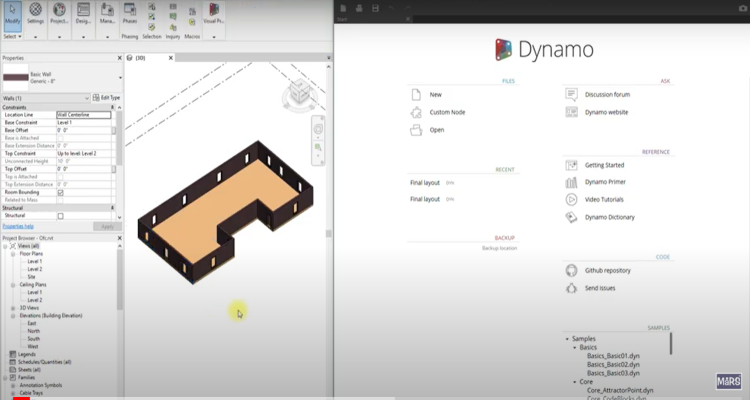Technical Area | Articles
The place to solve all your BIM doubts
When Generative Design and Space Planning goes Hand in Hand
Facility Management Operation
Generative Design comes into picture as a part of the lookout for optimised solution within the high-dimensional space of all possible designs. GD helps to create expanded and collaborative roles to be played by a human designer as well a computer design software application. The development of “metaheuristics”, is yet another factor that can make the design accommodative and enhancing. “Metaheuristics” is nothing but a set of optimization techniques that for a given complex problem they can find a set of overall best solutions by iteratively sampling solutions and using performance criteria to generate better outcomes.
The framework of Generative Design is based on the 3 main parameters:
1) a generative geometry model so as to define a ‘design space’ for every possible design option/solution;
2) Metrics so as to define the objectives or goals of the design problem;
3) a metaheuristic search algorithm to search for design space for extracting high performance design to compute the best possible solution.
Data gathering and data extraction can compile the best possible design computational parameters so as to build effective framework for value implementation in terms of construction.
The Geometric Buildup of the Model is followed by the Performance Matrix and the Analytics Computational Problem generation, the problem stage is followed by refinement stage wherein the final components and spatial arrangement is organised and the design is then implemented with the project flow.The best use of the Generative Design framework is for the statistical analysis that can be portrayed before the actual designing placement.
What else can GD help in terms of Architecture?
The use of Generative Design (GD) is wide enough to answer complexities such as loopholes in designing as well as helps in accurate positioning of the design works. Envisioning a project with the help of GD can help in an immaculate design approach thereby reducing the efforts of labour and pain.
Conclusion: With new and new technologies taking a head on collision in the Architectural Field, Generative Design (GD) has burgeoned as a growing concept that can help solve complexities and enhance ease of working along with efficiency.
Reference: Autodesk
Source: https://www.linkedin.com/company/mars-bim-solutions/











